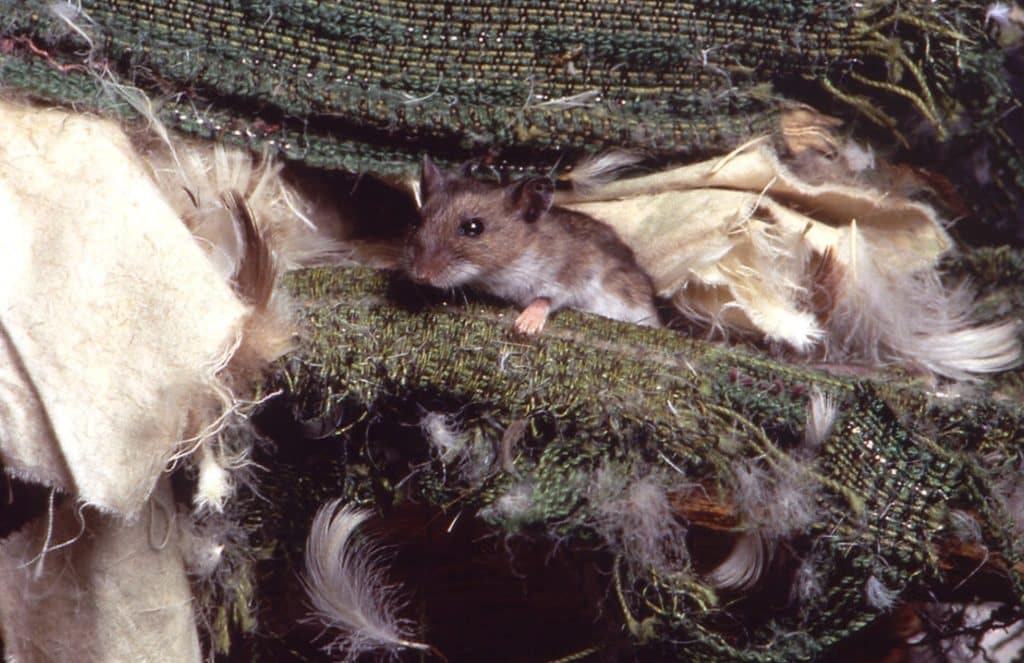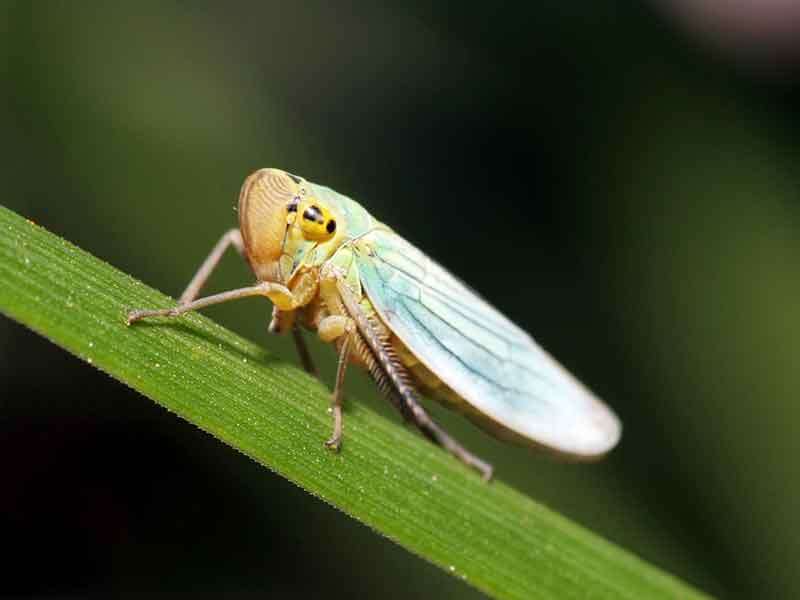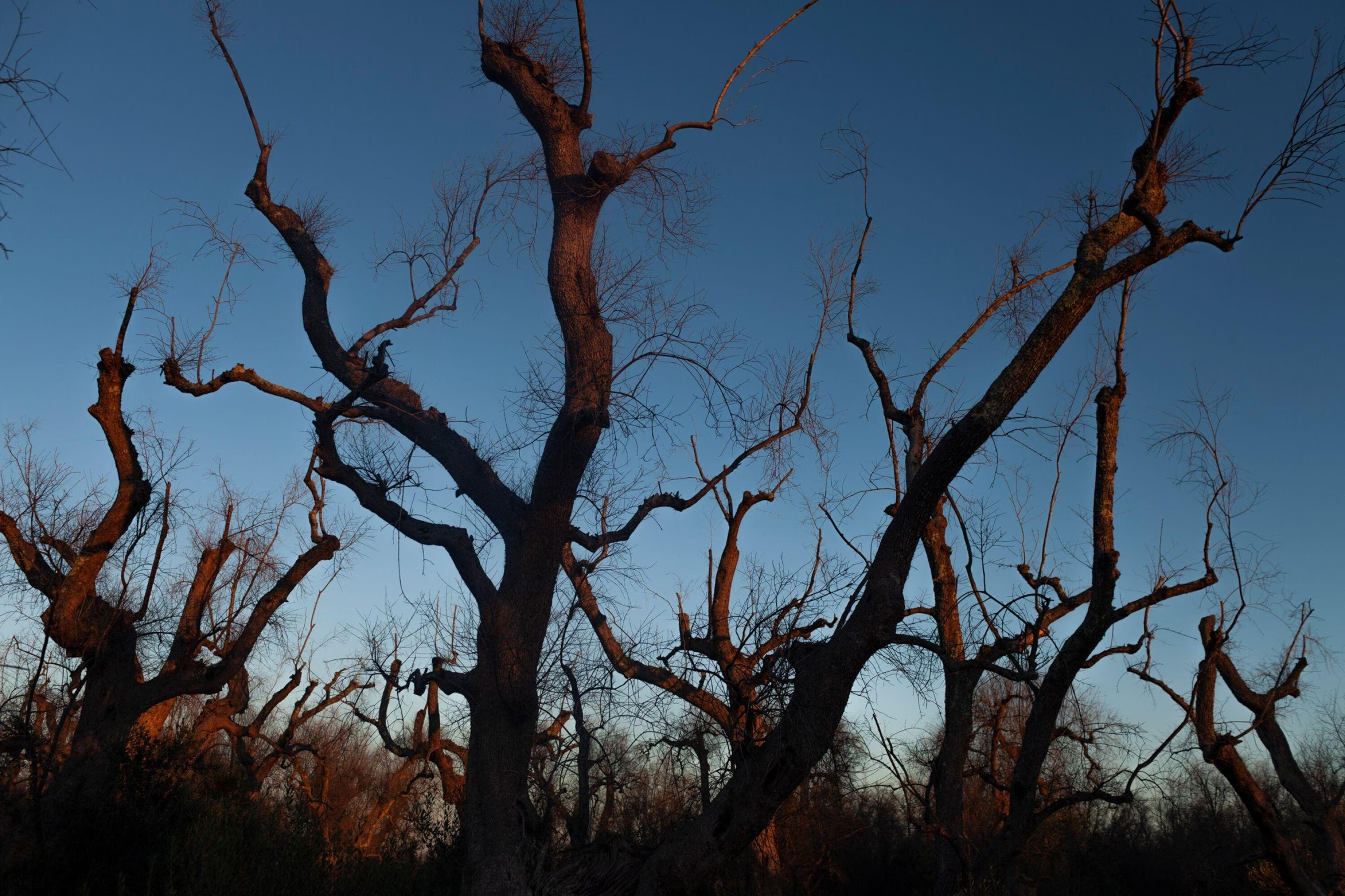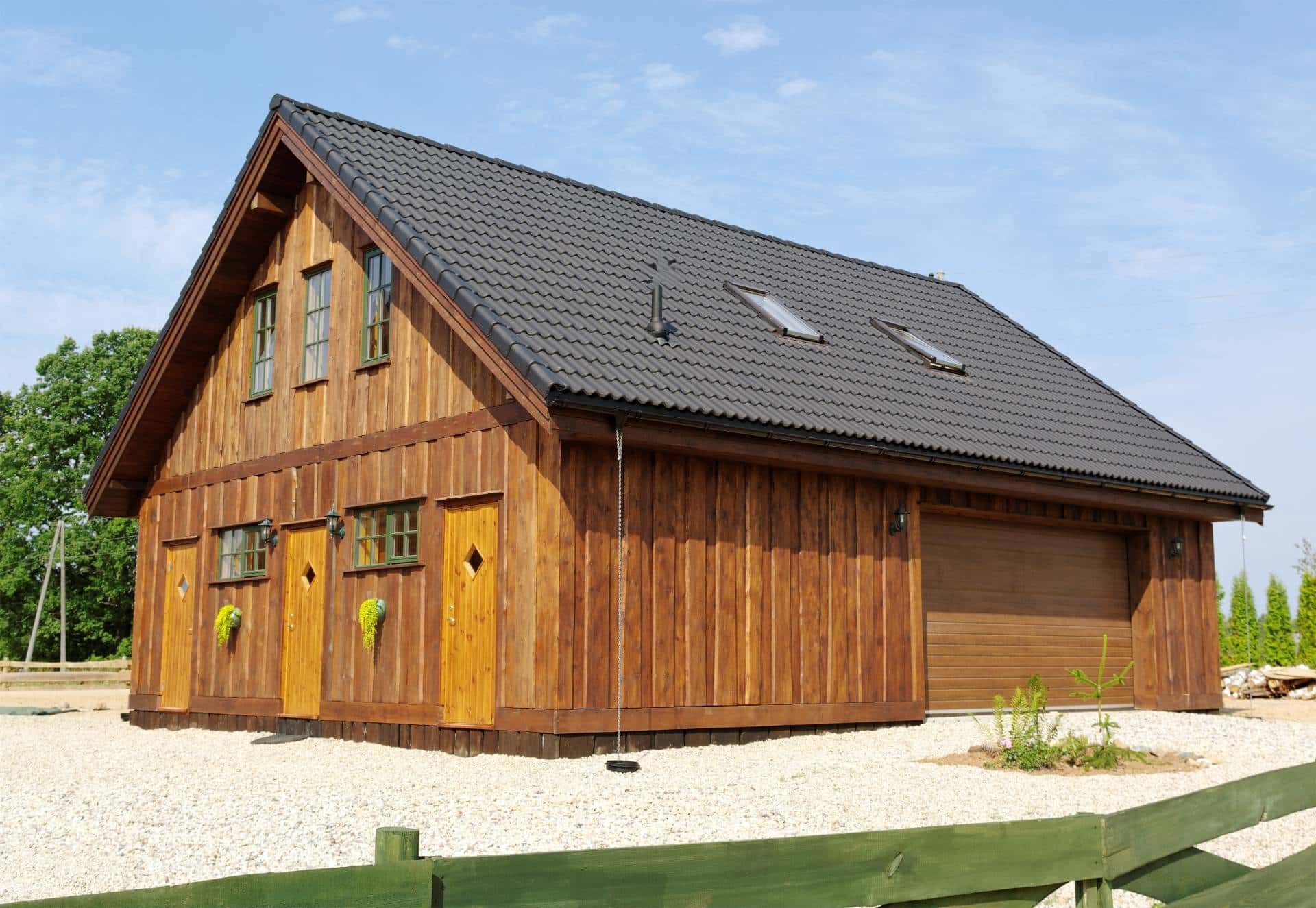Weather on the Move, Pests on the Prowl: How Climate Drives Critters Crazy
Our world is in a constant state of flux, with weather patterns shifting and seasons changing. While we might adjust our wardrobes or weekend plans accordingly, these fluctuations have a significant impact on another set of residents: pests.
From the tiniest ants to the scuttling roaches, the weather plays a crucial role in pest activity, breeding and even their desire to invade our homes. Understanding this connection can help us stay ahead of the curve and keep our living spaces pest-free.
Hibernation, Hyperactivity and Everything In Between
Perhaps the most significant weather factor influencing pests is temperature. For many cold-blooded creatures, like insects, and warm-blooded rodents, ideal temperatures dictate their activity levels, breeding cycles and even survival. When extreme temperatures hit, it can be boom or bust for pest populations.
Hot summers can trigger a population explosion for some pests. Increased warmth accelerates their metabolism, leading to a heightened need for food and water. This, in turn, fuels increased reproduction. Mosquitoes, for instance, thrive in warm, humid conditions.
Their eggs develop faster, and adult mosquitos become more active, leading to a surge in itchy bites. Similarly, warmer temperatures can extend the breeding season for many insects, allowing them to produce multiple generations in a single year.
However, extreme heat can also have a detrimental effect on certain pests. While some species flourish, others struggle. Intense heat waves can disrupt their life cycles or even kill them outright. This is particularly true for pests with limited heat tolerance, like some types of spiders or slugs.
When Rain Means Rodents on the Run

This often translates to an unwelcome influx of these creatures into our homes and buildings. Additionally, standing water created by heavy rain creates ideal breeding grounds for mosquitos and other water-dependent pests.
However, it’s not all doom and gloom. For some pests, rain can be a deterrent. For example, excessive moisture can disrupt the delicate balance of a termite colony, leading to decreased activity. Additionally, heavy rain showers can physically wash away some insects and their eggs, reducing their populations in the long run.
A Look at Other Weather Factors
Temperature and rain are just two pieces of the weather puzzle. Other factors also influence pest activity. Here are some additional elements to consider:
- Wind: Strong winds can disrupt pest navigation and make it difficult for them to find food sources. However, wind can also disperse some insect populations, reducing their local concentration.
- Humidity: High humidity levels create ideal breeding conditions for some pests, like cockroaches and millipedes. Conversely, dry conditions can force pests like spiders to seek moisture indoors.
- Barometric Pressure: Sudden changes in barometric pressure, often associated with storms, can trigger increased activity in some pests. This is because they can detect these changes and may become more active in search of shelter or food.
Common Pests and When to Expect Them
 By understanding how weather affects different pests, we can anticipate potential problems and take preventive measures. Here’s a quick guide to some common pests and the weather conditions that trigger their activity:
By understanding how weather affects different pests, we can anticipate potential problems and take preventive measures. Here’s a quick guide to some common pests and the weather conditions that trigger their activity:
- Mosquitoes: Thrive in warm, humid weather, especially after periods of rain.
- Rodents: Seek shelter indoors during cold snaps and heavy rain.
- Termites: Activity may increase during warm, humid weather as they search for moisture.
- Ants: More active during warm weather and may seek shelter indoors during heavy rain.
- Cockroaches: Prefer warm, humid environments and may become more active during summer months.
Weatherproofing Your Home Against Pests
Now that you understand the connection between weather and pests, you can take steps to protect your home. Here are some tips:
- Seal cracks and gaps around doors and windows.
- Repair leaky pipes and faucets to eliminate moisture sources.
- Store food in airtight containers and dispose of garbage properly.
- Trim back overgrown vegetation near your foundation as it can provide harborage for pests.
- Consider using weather stripping around doors and windows for an extra layer of protection.
By staying informed about upcoming weather patterns and taking proactive measures, you can minimize the impact of pests on your home. Remember, a little preparation goes a long way in keeping your living space pest-free, no matter what the weather throws your way.







